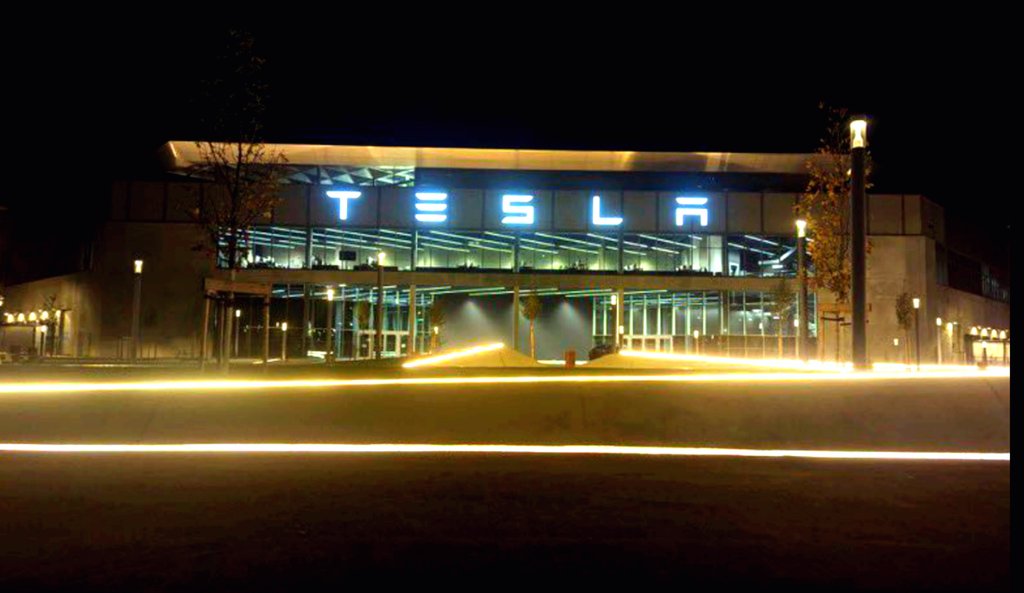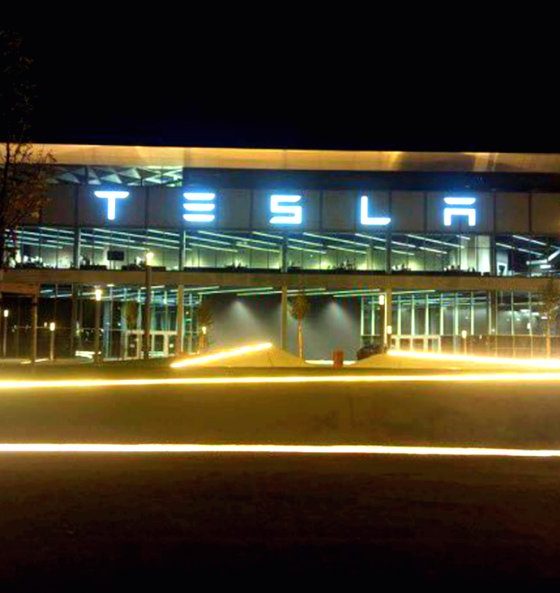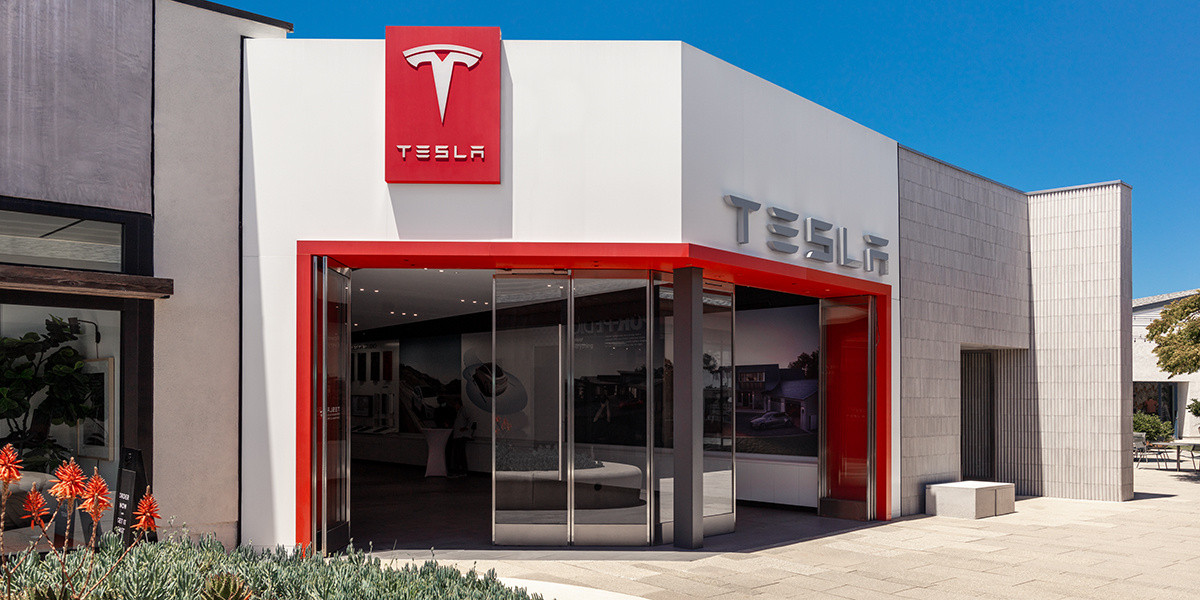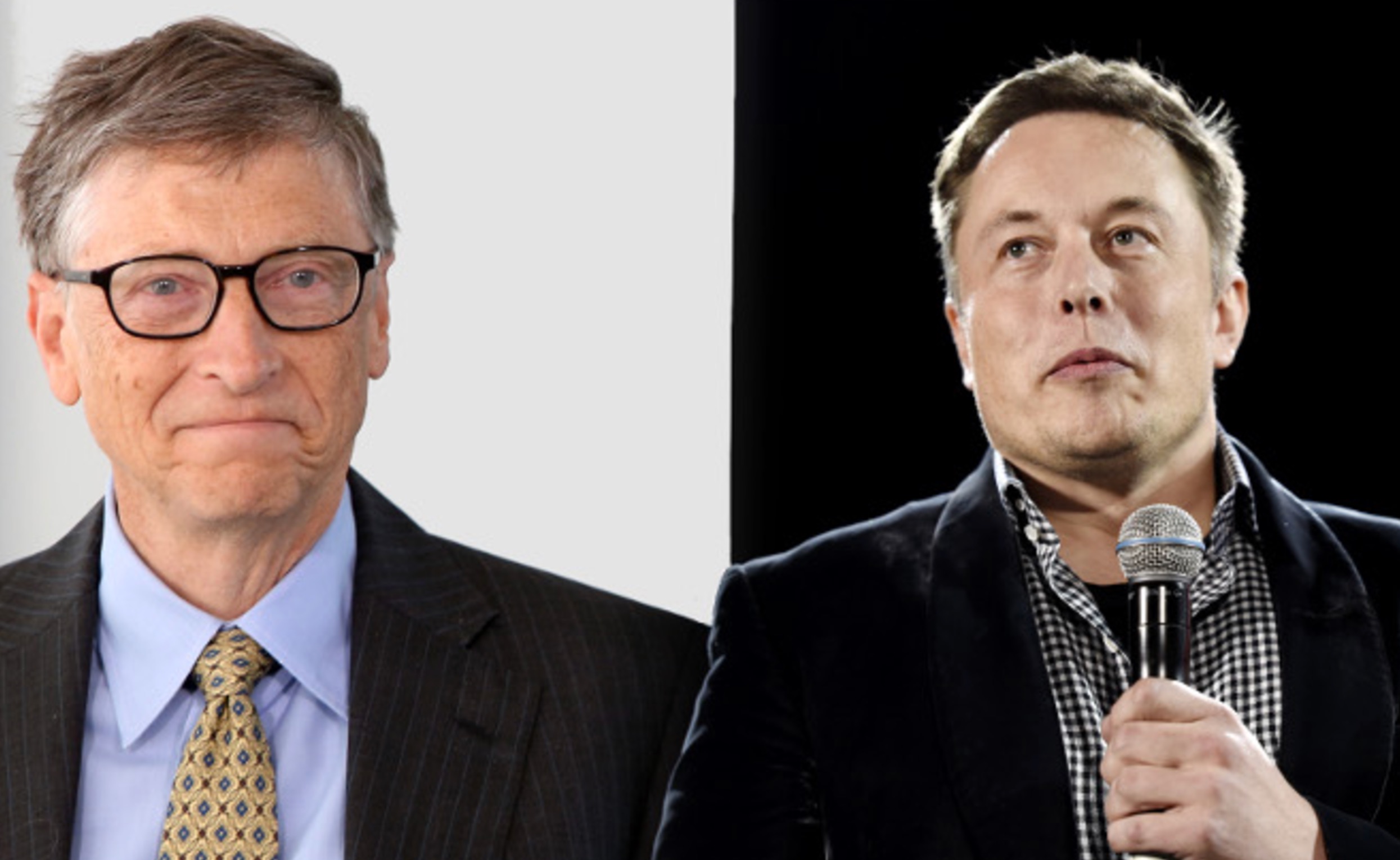

News
Tesla Giga Berlin meeting highlights works council stress, 65,000 lost mugs
A recent staff meeting at Tesla’s Gigafactory Berlin-Brandenburg highlighted union pressure following the company’s latest works council election, along with as many as 65,000 mugs that have disappeared from the plant.
During a staff meeting a few weeks ago, Tesla Giga Berlin Director of Manufacturing Andre Thierig said that as many as 65,000 mugs had disappeared from the plant since it began production in March 2022, according to the German publication Handelsblatt, which obtained audio recordings of the meeting.
“I’m just going to give you a figure,” Thierig said during the meeting, which took place on July 4 (via DW). “We’ve bought 65,000 coffee mugs since we started production here. 65.000! Statistically speaking, each of you already has five Ikea coffee cups at home.
“I’m really tired of approving orders to buy more coffee cups,” he added, to which employees laughed and applauded.
At the time of writing, Thierig has not yet responded to Teslarati’s request for comment on the mugs, though he did reference the original story in a recent post on his LinkedIn page. Rather, he directed away from the media’s recent attention on the mugs, and instead toward Giga Berlin’s new Giga Gym for employees.
“Whilst the whole world thinks we are only busy with mugs, we actually care about the most important asset of our Gigafactory – our people,” Thierig wrote in the post. “We listened to their feedback and finally finished our newest employee facility.
“Today, we celebrated the pre-opening of our Giga Gym! Surely one of the coolest spots in the entire factory. Great design and great work by all involved teams. It is going to be fun!”
Tesla Giga Berlin’s expansion plan remain a divisive topic in Grunheide
The Handelsblatt report also shared details regarding Giga Berlin’s recent works council election held in March, another item addressed in the recorded meeting. Since then, some at the factory have expressed negative sentiments toward union IG Metall, including re-elected Works Council Head Michaela Schmitz.
“I’m trying to put it charmingly,” Schmitz said during the meeting. “Unfortunately, we have members of the works council here who tend to allow themselves to be exploited by the union from outside.
“And they’re trying to assert the interests of the union along the way. In the end, of course, this prevents us from achieving great results for you again.”
The news comes after IG Metall candidates secured the most seats in the March works council election, but not enough to be a majority.
IG Metall’s candidates gained 3,516 votes in the election, while candidates from a rival group called Giga United garnered 3,201 votes. A third group, dubbed One Team, landed 1,106 votes. Thierig went on to thank employees for having such a high voter turnout, and for opting not to unionize Giga Berlin.
“In the works council election that has just ended, the majority of our workforce spoke out against a trade union works council,” he wrote in a LinkedIn post. “I would like to thank all employees for a high voter turnout of almost 80% and their vote for an independent future for the Gigafactory of Berlin-Brandenburg. We will continue to master all challenges together in the future.”
What are your thoughts? Let me know at zach@teslarati.com, find me on X at @zacharyvisconti, or send us tips at tips@teslarati.com.

News
Tesla dispels reports of ‘sales suspension’ in California
“This was a “consumer protection” order about the use of the term “Autopilot” in a case where not one single customer came forward to say there’s a problem.
Sales in California will continue uninterrupted.”

Tesla has dispelled reports that it is facing a thirty-day sales suspension in California after the state’s Department of Motor Vehicles (DMV) issued a penalty to the company after a judge ruled it “misled consumers about its driver-assistance technology.”
On Tuesday, Bloomberg reported that the California DMV was planning to adopt the penalty but decided to put it on ice for ninety days, giving Tesla an opportunity to “come into compliance.”
Tesla enters interesting situation with Full Self-Driving in California
Tesla responded to the report on Tuesday evening, after it came out, stating that this was a “consumer protection” order that was brought up over its use of the term “Autopilot.”
The company said “not one single customer came forward to say there’s a problem,” yet a judge and the DMV determined it was, so they want to apply the penalty if Tesla doesn’t oblige.
However, Tesla said that its sales operations in California “will continue uninterrupted.”
It confirmed this in an X post on Tuesday night:
This was a “consumer protection” order about the use of the term “Autopilot” in a case where not one single customer came forward to say there’s a problem.
Sales in California will continue uninterrupted.
— Tesla North America (@tesla_na) December 17, 2025
The report and the decision by the DMV and Judge involved sparked outrage from the Tesla community, who stated that it should do its best to get out of California.
One X post said California “didn’t deserve” what Tesla had done for it in terms of employment, engineering, and innovation.
Tesla has used Autopilot and Full Self-Driving for years, but it did add the term “(Supervised)” to the end of the FSD suite earlier this year, potentially aiming to protect itself from instances like this one.
This is the first primary dispute over the terminology of Full Self-Driving, but it has undergone some scrutiny at the federal level, as some government officials have claimed the suite has “deceptive” naming. Previous Transportation Secretary Pete Buttigieg was vocally critical of the use of the name “Full Self-Driving,” as well as “Autopilot.”
News
New EV tax credit rule could impact many EV buyers
We confirmed with a Tesla Sales Advisor that any current orders that have the $7,500 tax credit applied to them must be completed by December 31, meaning delivery must take place by that date. However, it is unclear at this point whether someone could still claim the credit when filing their tax returns for 2025 as long as the order reflects an order date before September 30.

Tesla owners could be impacted by a new EV tax credit rule, which seems to be a new hoop to jump through for those who benefited from the “extension,” which allowed orderers to take delivery after the loss of the $7,500 discount.
After the Trump Administration initiated the phase-out of the $7,500 EV tax credit, many were happy to see the rules had been changed slightly, as deliveries could occur after the September 30 cutoff as long as orders were placed before the end of that month.
However, there appears to be a new threshold that EV buyers will have to go through, and it will impact their ability to get the credit, at least at the Point of Sale, for now.
Delivery must be completed by the end of the year, and buyers must take possession of the car by December 31, 2025, or they will lose the tax credit. The U.S. government will be closing the tax credit portal, which allows people to claim the credit at the Point of Sale.
🚨UPDATE: $7,500 Tax Credit Portal “Closes By End of Year”.
This is bad news for pending Tesla buyers (MYP) looking to lock in the $7,500 Tax Credit.
“it looks like the portal closes by end of the year so there be no way for us to guarantee the funds however, we will try our… pic.twitter.com/LnWiaXL30k
— DennisCW | wen my L (@DennisCW_) December 15, 2025
We confirmed with a Tesla Sales Advisor that any current orders that have the $7,500 tax credit applied to them must be completed by December 31, meaning delivery must take place by that date.
However, it is unclear at this point whether someone could still claim the credit when filing their tax returns for 2025 as long as the order reflects an order date before September 30.
If not, the order can still go through, but the buyer will not be able to claim the tax credit, meaning they will pay full price for the vehicle.
This puts some buyers in a strange limbo, especially if they placed an order for the Model Y Performance. Some deliveries have already taken place, and some are scheduled before the end of the month, but many others are not expecting deliveries until January.
Elon Musk
Elon Musk takes latest barb at Bill Gates over Tesla short position
Bill Gates placed a massive short bet against Tesla of ~1% of our total shares, which might have cost him over $10B by now

Elon Musk took his latest barb at former Microsoft CEO Bill Gates over his short position against the company, which the two have had some tensions over for a number of years.
Gates admitted to Musk several years ago through a text message that he still held a short position against his sustainable car and energy company. Ironically, Gates had contacted Musk to explore philanthropic opportunities.
Elon Musk explains Bill Gates beef: He ‘placed a massive bet on Tesla dying’
Musk said he could not take the request seriously, especially as Gates was hoping to make money on the downfall of the one company taking EVs seriously.
The Tesla frontman has continued to take shots at Gates over the years from time to time, but the latest comment came as Musk’s net worth swelled to over $600 billion. He became the first person ever to reach that threshold earlier this week, when Tesla shares increased due to Robotaxi testing without any occupants.
Musk refreshed everyone’s memory with the recent post, stating that if Gates still has his short position against Tesla, he would have lost over $10 billion by now:
Bill Gates placed a massive short bet against Tesla of ~1% of our total shares, which might have cost him over $10B by now
— Elon Musk (@elonmusk) December 17, 2025
Just a month ago, in mid-November, Musk issued his final warning to Gates over the short position, speculating whether the former Microsoft frontman had still held the bet against Tesla.
“If Gates hasn’t fully closed out the crazy short position he has held against Tesla for ~8 years, he had better do so soon,” Musk said. This came in response to The Gates Foundation dumping 65 percent of its Microsoft position.
Tesla CEO Elon Musk sends final warning to Bill Gates over short position
Musk’s involvement in the U.S. government also drew criticism from Gates, as he said that the reductions proposed by DOGE against U.S.A.I.D. were “stunning” and could cause “millions of additional deaths of kids.”
“Gates is a huge liar,” Musk responded.
It is not known whether Gates still holds his Tesla short position.








